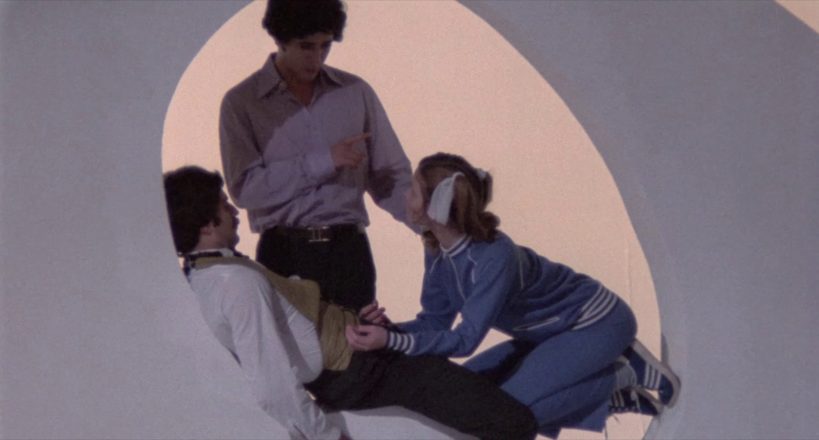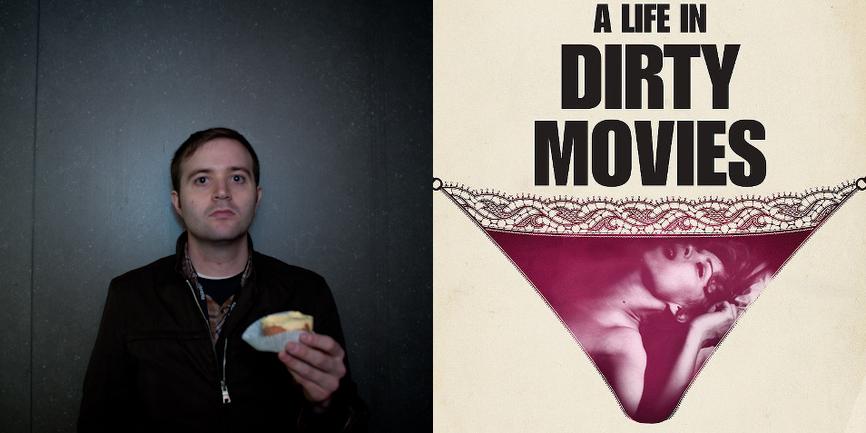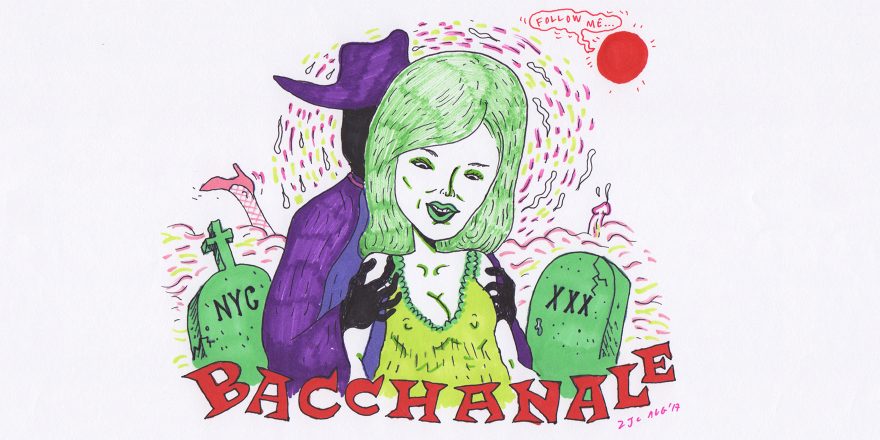A friend of mine once said that making a great movie where the sex is unsimulated is “the holy grail” of filmmaking. At the time I felt, and still feel, that it’s impossible to disagree with that statement. However, I did wonder why it is that although we accept so much artifice inherent in the medium, we still hold out hope that one day we’ll stumble upon a work where the lovemaking is authentic? When we watch romantic pairings onscreen, why do we always hope that the thespians fell in love while playing their parts? Nobody doubts that actors can convincingly perform desire and passion, but there’s a feeling among audiences that the film would be better or our enjoyment augmented if we had that extratextual confirmation that it was all real. It explains the prurient interest around Nicole Kidman’s and Tom Cruise’s love scenes in Eyes Wide Shut. These people had had sex together and presumably still did – maybe all the time? – so when we watched them partner onscreen, were we watching something quasi-pornographic, the simulated recreation of hardcore love scenes past? Watching movies is an act that allows the viewer to disappear into a collective dream, but somehow we’re so tethered to the real that we can’t resist its visceral impingements on our fantasies.
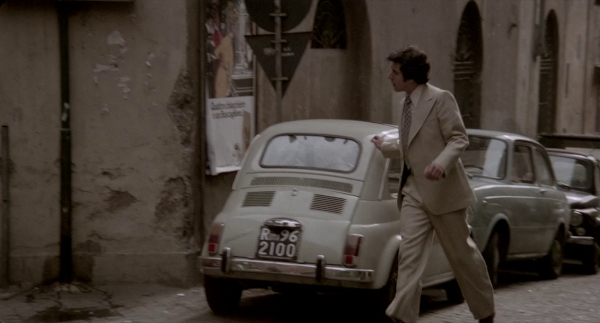
The viewer and their physical connection to film is discussed by film scholar Linda Williams in her article “Film Bodies: Gender, Genre, and Excess,” which outlines the somatic similarities between melodrama, horror and pornography. Williams explains each of these genres is designed to elicit a corporeal response, either tears, terror or orgasm. Last year I was preparing to teach a workshop at Northwestern University and the Miskatonic Institute of Horror Studies on performing expository monologues in horror films and I wanted to delve deeper into Williams’ ideas to share a theoretical framework on film, physical performance and genre with my students. I thought I’d find the “Film Bodies” essay in her most well-known book, Hard Core: Power, Pleasure and the “Frenzy of the Visible.” It turns out the essay it wasn’t in there, but I read the book anyway and that’s how I first found out about The Opening of Misty Beethoven.
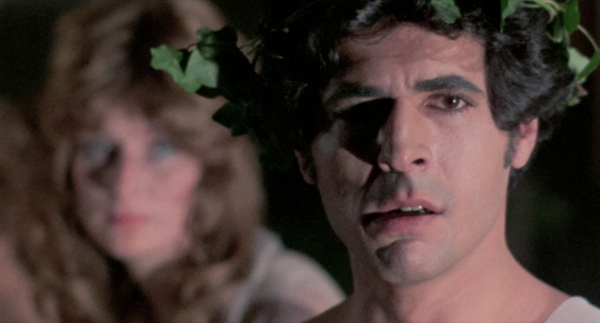
Released in 1976, writer-director Radley Metzger’s The Opening of Misty Beethoven updates George Bernard Shaw’s play Pygmalion (which was also adapted into the Broadway musical and movie My Fair Lady) as a Continental romantic comedy in which eminent sexologist Dr. Seymour Love (Jamie Gillis) wagers that he can transform diamond-in-the-rough working girl Misty Beethoven (Constance Money) into a sophisticated sexual socialite. Even mainstream critics admired the film and it marked the pinnacle of the Golden Age of Porn, when adult films were given decent budgets, shot on 35 mm (sometimes) and featured talented actors drawn from Off-Broadway theatre. Gillis, like Metzger, attended Columbia University and after graduation became a member of a classical repertory theater in New York City. The sparkling banter of Misty Beethoven shows off Gillis’ erudition and comic timing while also allowing him to display his subtle dramatic range in the final reel. Add to that the versatile 35 mm cinematography of “Robert Rochester” (aka Paul Glickman, who would later shoot for Larry Cohen), elegant sets built at RKO’s 106th Street studios, a kicking soundtrack, and a director at the height of his powers, and you’ve got yourself a real movie.
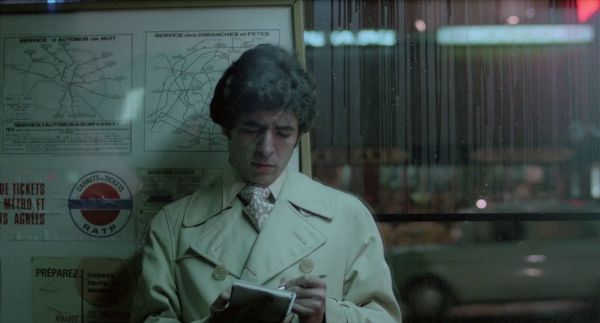

But it’s really Metzger’s script that elevates the film above the usual pedestrian romantic comedy formula so frequently reliant on contrivance and the fabricated “problems” of the upper middle class. The story builds on the rich anti-romance of Pygmalion, filters through our collective memory the glamor of My Fair Lady, and finally rarefies it into an effervescent cocktail that only Metzger can create. Instead of a Shavian drawing room satire, what we have here is the Lubitsch touch by way of Yiddishe 2nd Avenue. Just like Pygmalion, the story begins one night in a European capital’s rainy square, not London’s Covent Garden but the red-light Place Pigalle in Paris, where Seymour encounters Misty giving “no frills” handjobs at a porno theater, costumed in a T-shirt with logos for both American Express and Mastercharge. “The erotic impulse is like rain and as it seeps down the water table of sexual custom it becomes less intoxicating and less potent,” Seymour explains, gesturing to Misty. “It seeps down social class by social class, flaw by flaw, step by step, until it reaches the basement.” Misty represents the transactional side of sex, while Seymour with his soulless yet gymnastic competence at lovemaking typifies pleasure without feeling. Right from the start, they are both disgusted by and attracted to each other, embodying the universal dialectic of sexual ambivalence that characterizes human feelings about not just pornography but about all physical acts of lovemaking and genitalia in general.
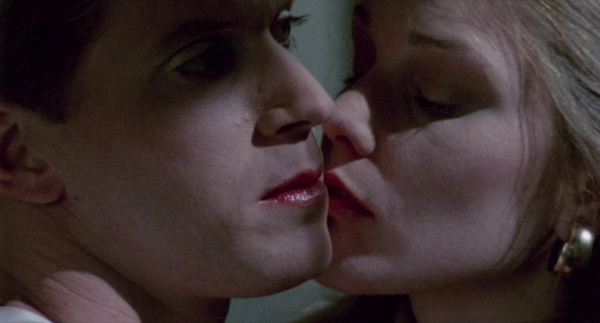
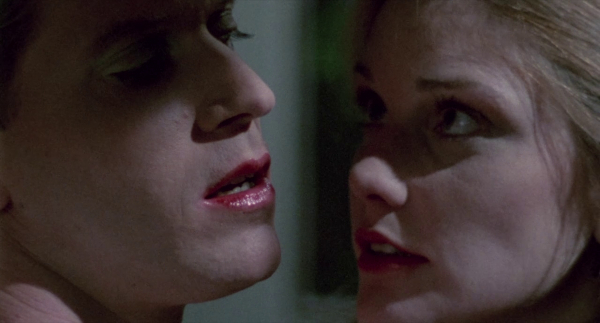
Seymour takes Misty under his wing, finding in her a surprisingly bright and witty, if unrefined, receptacle for his knowledge. Misty is his student, but she’s not his doormat, and while she accepts Seymour as an arbiter of superior methods and taste, when she is with her other suitors, gaining experience, she is the dominant partner. One such scene occurs between Misty and a Swiss art dealer played by gay porn icon Casey Donovan (Boys in the Sand). Donovan’s character, wearing a light wash of eyeshadow and lipstick, is clearly coded as queer, yet nonetheless he makes love to Misty and their sexually fluid partnership feels decades ahead of its time. The climax arrives and Misty, of course, triumphs, but it’s a Pyrrhic victory in the face of Seymour’s condescension and self-congratulation. After an appropriate period of letting Seymour pine for her, she returns, they passionately kiss, make love – looking-deep-in-each other’s-eyes-and-coming-at-the-same-time-true-love – and he lets her take over his pedagogical practice, content to dote on her, chained up like a pet and reading a book.
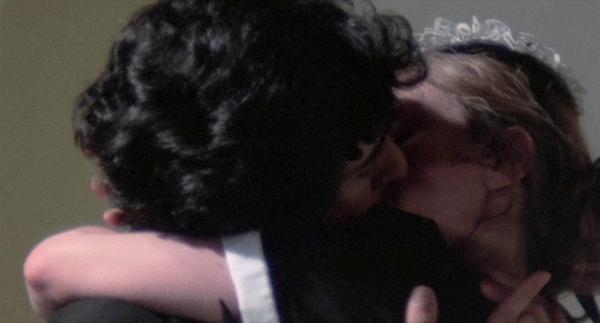
And the best part is it’s all real! Well, more real than any other romantic comedy, and in fact Money and Gillis had a tumultuous period when they dated in real life, though surely not at the Kidman-Cruise level of UFO cult drama. Likely I’m projecting many of my own dreams and beliefs onto the film, for example a hope that it’s physically impossible to drain all emotion from lovemaking and that desire can never impersonate love. It’s just that for once the kiss between lovers doesn’t fade out discreetly and in Misty we do get to see the “happily ever after” … which, as we all know, is a euphemism for multiple orgasms.
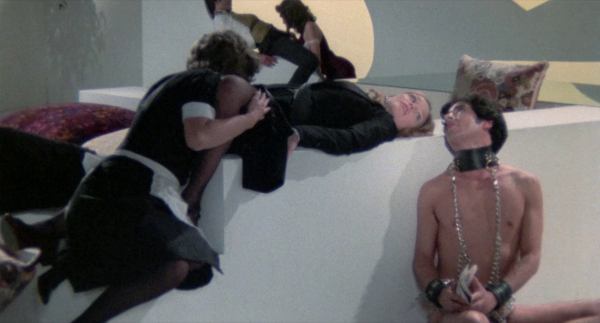
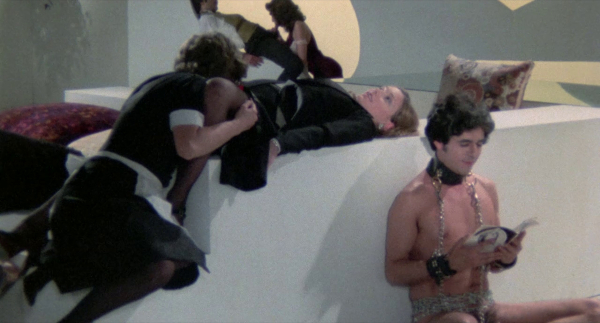
The featured image shows Constance Money and Jamie Gillis in The Opening of Misty Beethoven. Money balances on the toes of her Adidas sneakers throughout this entire scene, showing impressive commitment to physical comedy.



